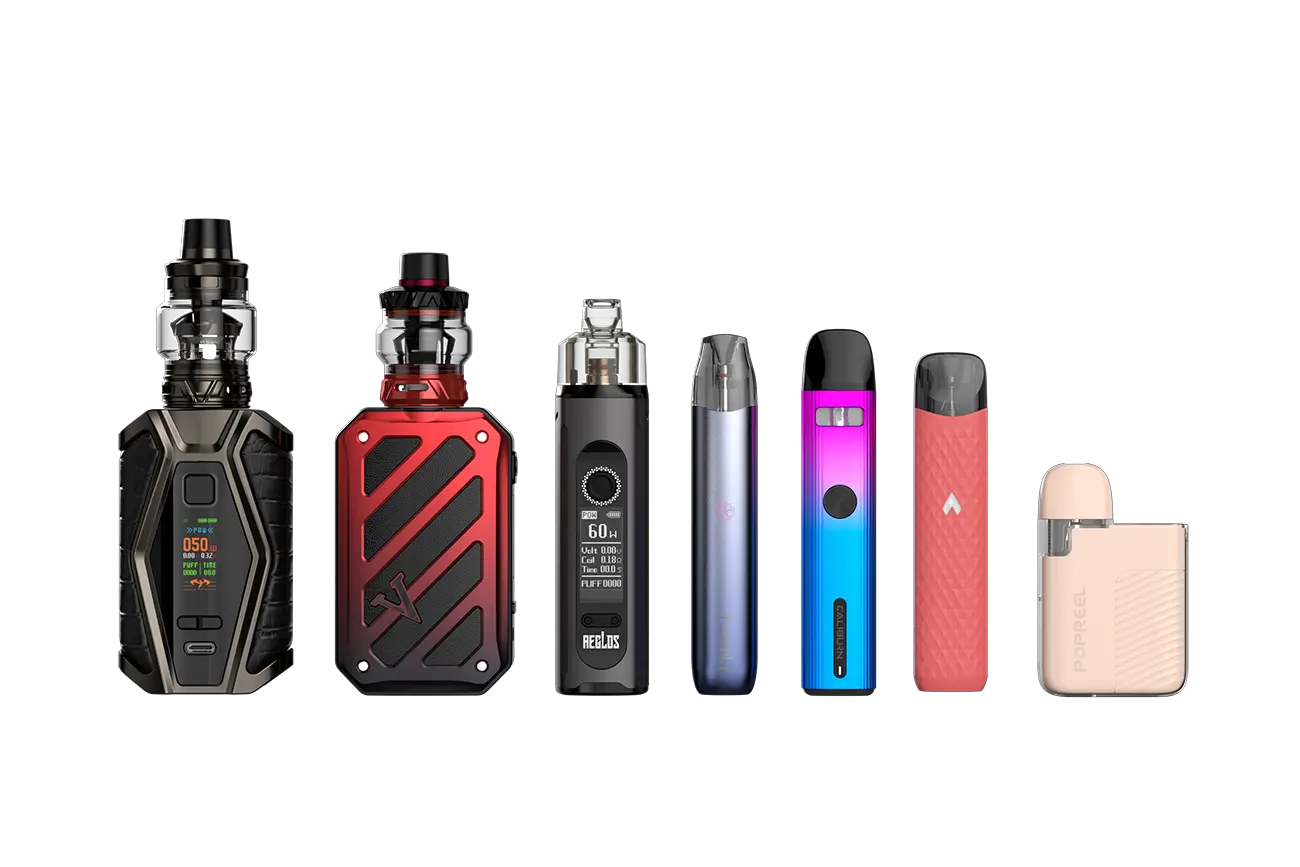Understanding Electronic Cigarette Pods
Electronic cigarette pods, commonly known as vape pods, are integral components of pod-based vaping devices. They function as small cartridges containing e-liquid and typically integrate the heating element (coil) that aerosolizes the liquid.
Core Features of Pod Systems
- Compactness and Portability: Pod systems are characteristically smaller and more discreet than larger, traditional vaping setups.
- Ease of Use: Designed for simplicity, many feature draw-activated firing mechanisms or straightforward single-button operation, requiring minimal technical knowledge.
- Pod Varieties: The primary distinction lies between pre-filled (closed system) and refillable (open system) pods.
- Nicotine Delivery: Often optimized for nicotine salt e-liquids, which can deliver higher nicotine concentrations with a smoother throat sensation compared to freebase nicotine.
- Integrated Coils: In many pod designs, the coil is built into the pod itself. When the coil’s performance degrades, the entire pod is replaced.
Types of E-cigarette Pods
Pre-filled Pods:

- These pods are supplied with e-liquid already filled by the manufacturer.
- Characteristics: Ultimate convenience, no manual filling required, consistent flavor per pod.
- Limitations: Restricted to the e-liquid flavors and nicotine strengths offered by the pod manufacturer, generally higher recurring cost, contributes more to disposable waste.
Refillable Pods:
- These pods are designed for users to fill them with their choice of e-liquid.
- Characteristics: Wide selection of e-liquid flavors, nicotine types, and strengths; potentially more cost-effective in the long term; reduces waste compared to fully disposable pre-filled pods.
- Considerations: Requires manual refilling, which can sometimes be inconvenient or messy. Coil lifespan varies, and some refillable pods allow for coil replacement while others require replacing the entire pod when the integrated coil is spent.
Key Considerations for Pod Selection and Use
- Device Compatibility: Pods are almost always proprietary and designed for specific devices or device series from a particular brand. Cross-compatibility is rare.
- E-liquid Viscosity: The VG/PG (Vegetable Glycerin/Propylene Glycol) ratio of the e-liquid should be compatible with the pod’s wicking design to prevent leaking or dry hits.
- Coil Resistance (Ohms): This impacts vapor production, warmth, and battery consumption. Lower resistance coils generally produce more vapor and may be suited for direct-to-lung (DTL) inhales, while higher resistance coils are often preferred for mouth-to-lung (MTL) inhales and nicotine salt e-liquids.
- Pod Capacity: Measured in milliliters (mL), this determines how much e-liquid the pod can hold, affecting refill frequency.
- Material Construction: Most pods are made from food-grade plastics like PCTG to ensure safety and durability.
Maintenance and Responsible Disposal
Regularly check and clean the connection points between the pod and the device to ensure good electrical contact. For refillable pods, adhere to recommended filling levels to avoid leaks. Dispose of used pods, especially non-refillable ones, in accordance with local environmental regulations for electronic waste, as they may contain residual nicotine.










